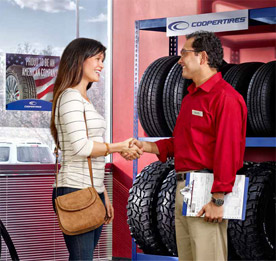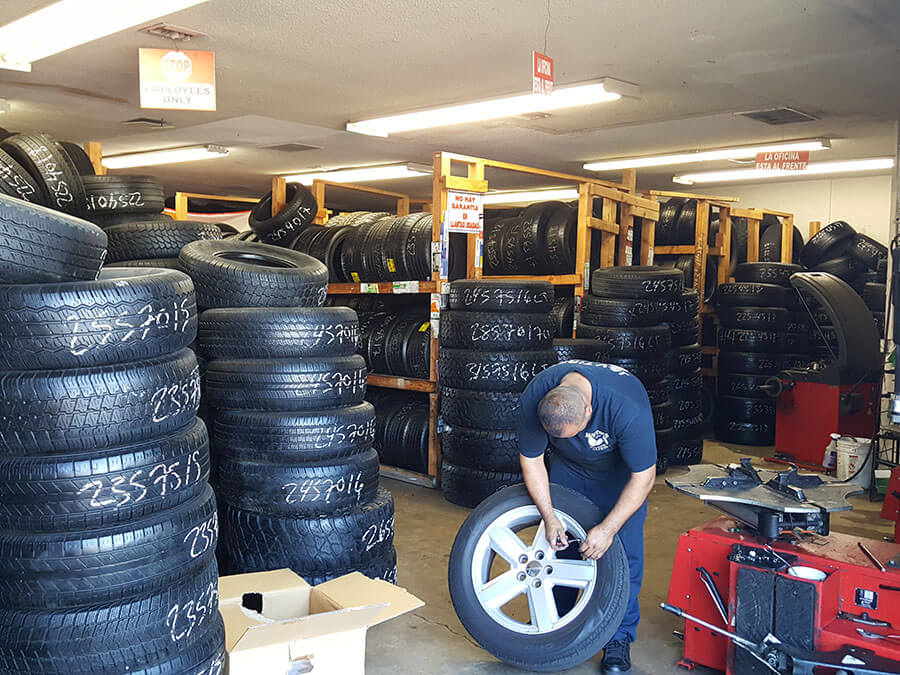Tire Solution: The Impact of Climate Problems
When it comes to making sure ideal efficiency and safety and security on the road, recognizing the impact of weather condition problems on tire service is critical. In this discussion, we will certainly discover the intricate connection in between climate problems and tire solution, dropping light on the value of weather-specific tire upkeep methods and considerations.
Heat and Tire Efficiency
When exposed to high temperatures, tires experience adjustments in efficiency that can significantly influence automobile safety and security and handling. The warmth generated from long term driving or warm weather problems creates the tire rubber to soften, leading to minimized step life and raised wear.
Additionally, high temperatures can increase the procedure of tire aging, triggering the rubber to deteriorate more rapidly. To minimize the results of warm on tire performance, chauffeurs need to consistently examine their tire pressure, rotate tires to guarantee also wear, and examine for any type of indicators of damage.
Winter Effects
Cold weather conditions can have a significant effect on tire efficiency and security. In cold weather condition, tires might likewise lose air pressure extra quickly, which can influence managing and gas efficiency.
To mitigate the effects of chilly weather condition on tires, it is essential to frequently examine tire stress and inflate them to the producer's suggested degrees. Using wintertime or all-season tires developed for chilly weather problems can also boost traction and grasp on icy or snowy roadways - tires morris il. Proper tire maintenance, including normal inspections for wear and damages, becomes much more important throughout cooler months to make certain optimal performance and safety and security
Rainy Conditions Effect
Throughout rainy problems, tire performance and security can be substantially influenced by the wet roadway surfaces and reduced presence. The step pattern of tires plays an important function in maintaining grip on wet roads. Tires with worn-out treads are more prone to hydroplaning, where a layer of water accumulates between the roadway and the tire surface, bring about loss of traction. To fight this, drivers should on a regular basis evaluate their tires for adequate walk deepness and consider buying tires particularly designed for wet problems.

Snow and Tire Security
Snow-covered roads position special challenges for motorists, stressing the relevance of appropriate tire choice and upkeep. When driving in snowy conditions, having the appropriate tires can make a significant distinction in security and efficiency. Wintertime tires are created with special rubber compounds and walk patterns to supply far better grip on snow and ice contrasted to all-season tires. The much deeper footsteps and sipes of winter tires aid hold the road much better, minimizing the threat of moving and sliding.
In addition to utilizing winter tires, it is crucial to guarantee they are effectively pumped up. Winter can trigger tire pressure to go down, influencing traction and handling (tire shop morris). Frequently checking and preserving the appropriate tire stress is vital for optimum efficiency in snowy problems

Weather-Related Tire Upkeep
Weather-related tire upkeep incorporates a variety of techniques intended at guaranteeing optimum tire function and durability in different weather condition circumstances. One key aspect of weather-related tire maintenance is tire pressure regulation. Evaluating tire walk regularly and changing tires when step wear reaches a particular deepness is crucial for preserving grip and stability in adverse climate.
Verdict
In conclusion, climate conditions have a significant effect on tire efficiency and safety and security (discount tires morris il). From warmth impacting tire pressure and wear to chilly weather condition decreasing grip, it is important to take into consideration the weather when keeping and making use of tires.
In this conversation, we will certainly check out the elaborate relationship between climate conditions and tire service, dropping light on the value of weather-specific tire upkeep practices and factors to consider.
